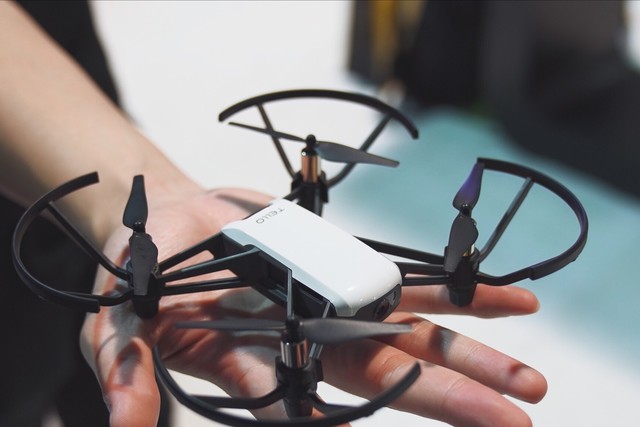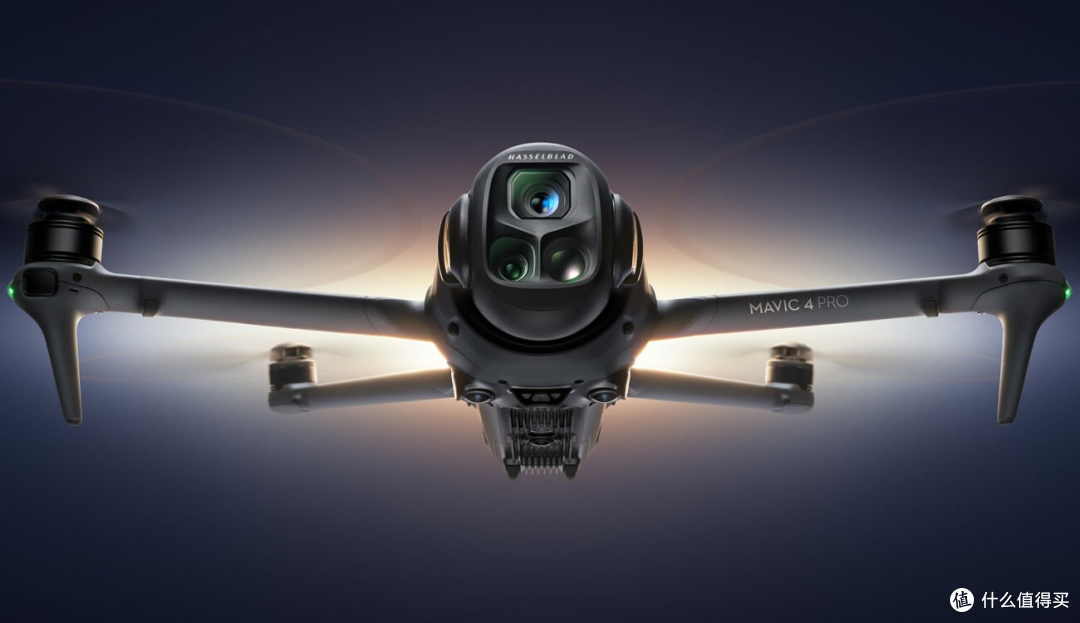The evolution of drones, known technically as unmanned aerial vehicles (UAVs), is a fascinating journey that spans over a century, marking significant milestones in technological advancement and adaptation. When considering when drones were invented, one must explore their origins which date back to World War I. During this era, engineers developed basic radio-controlled aircraft designed primarily for training and target practice. These early models, such as the Kettering Bug emerging in 1918, are frequently heralded as precursors to modern drones.
The Kettering Bug was an ambitious endeavor, conceptualized by Charles Kettering and built for the US Army Signal Corps. This drone was equipped with a pre-set distance mechanism, enabling it to fly towards a target. Although it was groundbreaking at the time, it was not deployed in combat due to various technical limitations. Nonetheless, it set the foundation for subsequent innovations in UAV technology.
Advancements Through the Decades
During World War II, drones witnessed more attention as military tools, leading to developments like the radio-controlled BQ-7. Despite these advances, it wasn’t until the late 20th century that drones began to significantly evolve. The 1980s marked a turning point with the advent of miniaturized electronic systems, improved navigation, and extended battery life, allowing drones to become more practical and versatile in various applications.
The development of GPS technology further revolutionized drones, facilitating precise navigation, which was paramount for both military and civilian uses. This period also saw increased research into improving battery efficiency, granting drones longer operational times and broader ranges.
Modern Drones and Their Uses
Today, drones are integrated into innumerable industries: from agriculture, where they assist in crop monitoring and soil analysis, to their pivotal role in search and rescue missions, offering aerial perspectives that are invaluable for rapid response. Moreover, drones have become ubiquitous in surveillance, media, and even recreational fields, showcasing their adaptability and operational benefits.
The innovation of drones has continuously adapted to societal needs, demonstrating their indispensability in modern life. With ongoing advancements in AI and robotics, future drones are predicted to be even more autonomous and efficient, performing complex tasks that may currently seem beyond reach.
FAQ

What were the primary challenges in early drone development?
A key challenge was the limitations in technology, particularly in propulsion and control systems, which restricted their functionality and reliability. Engineers also struggled with payload capacity and flight stability.
How have drones impacted civilian industries?
Drones have dramatically transformed industries such as agriculture, filmmaking, and logistics by providing new ways to accomplish tasks, gather data, and enhance productivity efficiently.
Are drones eco-friendly?
While drones are generally considered more environmentally friendly than traditional aircraft due to electric batteries, continuous efforts are being made to improve their sustainability, especially in manufacturing and energy consumption.